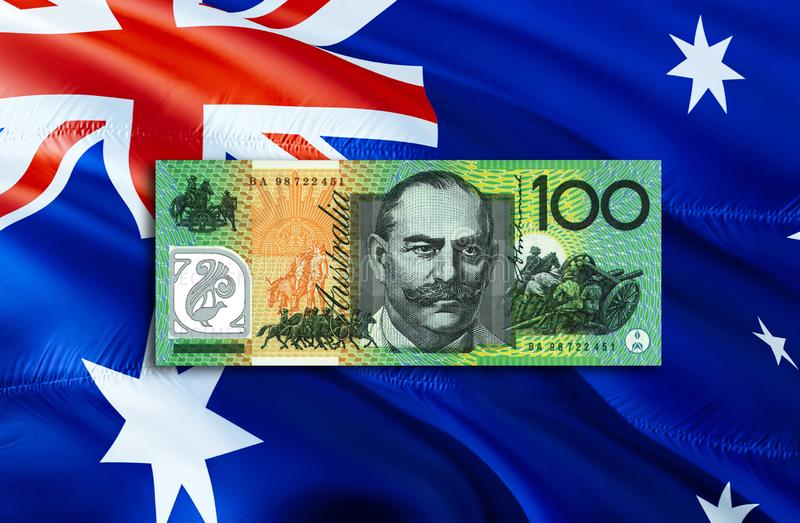Australian dollar remained strong due to hawkish opinion over the RBA’s policy outlook.
On Wednesday, the Australian Dollar (AUD) extended its gains against the US Dollar (USD) for the second consecutive session. This positive outcome is ascribed to the Reserve Bank of Australia’s (RBA) monetary policy decision on Tuesday.
The US dollar is under pressure as recent job data raised the prospect of a Fed rate cut in September.
The RBA kept the Official Cash Rate (OCR) at 4.35% for the sixth time.
RBA Governor Michele Bullock emphasized the persistent concern that inflation may take too long to recover to A 2-3% objective was set, with the caveat that interest rates may need to remain high for an extended period. Bullock indicated that a near-term cut in the cash rate is inconsistent with their existing plan.
However, second-quarter inflation data has reduced prospects of another RBA rate hike. Markets predict an RBA rate drop in November, far earlier than originally expected in April next year.
The AUDUSD pair may appreciate further if the US Dollar comes under pressure, as investors anticipate a more aggressive rate decrease beginning in September, following dismal US job statistics in July that stoked concerns about a looming recession.
Daily Market Movers: Australian Dollar Advances Due To Hawkish RBA.
China’s trade balance showed a surplus of 84.65%.billion for July, falling short of the predicted 99.0 billion and the previously reported 99.05 billion. Exports (YoY) came in at 7.0%, compared to 9.7% projected and 8.6% earlier. Meanwhile, imports grew 7.2% year on year, compared to 3.5% predicted, following a 2.3% fall the previous year. Because China and Australia are close trade partners, any changes in the Chinese economy may have an impact on the Australian market.
The AiG Australian Industry Index contracted somewhat less in July, falling to -20.7 from -25.6 the previous month. Despite this improvement, the index has shown contraction for the past twenty-seven months.
According to Macrobusiness, Treasurer Jim Chalmers disputed the RBA’s opinion on Wednesday that the economy remained too strong and that huge government expenditures contribute to extended inflation.
On Tuesday, the RBA Governor Michele Bullock stated that the board seriously considered raising the cash rate from 4.35% to 4.6% in response to persistent worries about excess demand in the economy. Furthermore, RBA Chief Economist Sarah Hunter stated on Wednesday that the Australian economy is functioning better than expected.
According to Reuters, Federal Reserve Bank of San Francisco President Mary Daly voiced increased confidence on Monday that US inflation is approaching the Fed’s target of 2%. Daly wrote that the “risks to the Fed’s mandates are becoming more balanced and that there is openness to the possibility of cutting rates in upcoming meetings.”
Fed President Austan Goolsbee indicated on Monday that the US central bank is ready to act if economic or financial circumstances worsen.
Chicago Fed President Austan Goolsbee indicated on Monday that the US central bank is ready to act if economic or financial circumstances worsen. Goolsbee said: “We’re forward-looking about it, and so if the conditions collectively start coming in like that on the through line, there’s deterioration on any of those parts, we’re going to fix it.” Reuters reported this.
The Judo Bank Australia Composite PMI fell to 49.9 in July from 50.2 in June, dipping below the neutral 50 line for the first time since January. The Services PMI fell to 50.4 in July, from 51.8 in June. While this is the sixth straight month of increased services activity, the growth rate was minimal and the slowest seen in this sequence.









